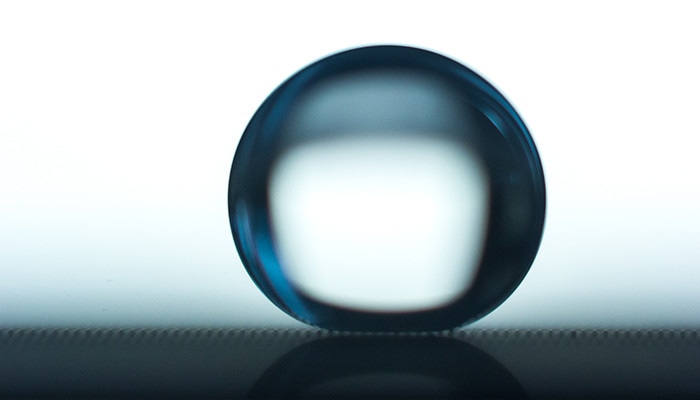Jul 12 2018
An understanding of the way surface materials interact with liquids is highly important for various things, such as from printing to the recovery of oil spills from water. The ability to reliably and accurately analyze the intricate details of wetting— that is, the way a liquid adheres to, or slides off, a specified surface material — is highly significant in designing materials in various branches of industry.
 (Image credit: Mika Latikka/Aalto University)
(Image credit: Mika Latikka/Aalto University)
In a paper published in the Nature Protocols journal, scientists from Aalto University and Sun Yat-sen University have described an exhaustive methodology for the measurement of wetting. They suggest that it is a ubiquitous technique for the research community to acquire reliable data, thereby enabling comparison between research teams to advance the development of innovative wetting materials.
The most usual method for the analysis of wetting is the measurement of a droplet’s shape, specifically the contact angle between a drop of liquid and a solid surface, when they come into contact. This method was originally devised by Thomas Young in the year 1805. A low contact angle indicates that the liquid will spread and adhere to the surface; in contrast, a high contact angle indicates that the surface will repel the liquid.
Although the measurement of a contact angle might seem deceptively simple to perform, it is challenging for scientists to acquire reliable and meaningful data. A single value of a static contact angle is not enough for the proper description of real surfaces, except maybe cases in which the solid is free of chemical impurities and atomically smooth. However, the real conditions for which materials are designed seldom fulfill such requirements.
What we need to do instead is to measure a pair of advancing and receding contact angles of a droplet that grows and shrinks on a surface. Many publications on wetting, however, still report only a single value of a static contact angle, and therefore lack accuracy and reliability when explaining how the liquid actually behaves on the surface.
Tommi Huhtamäki, doctoral student and principal author of the work
“We are surrounded by vital materials whose wetting properties need to be designed with precision. Contact angles are evaluated in performance and durability tests of materials all the way from buildings and airplanes to blood test devices. It is crucial that we are able to conduct research based on shared and reliable standards,” stated Robin Ras, Professor at Aalto University.